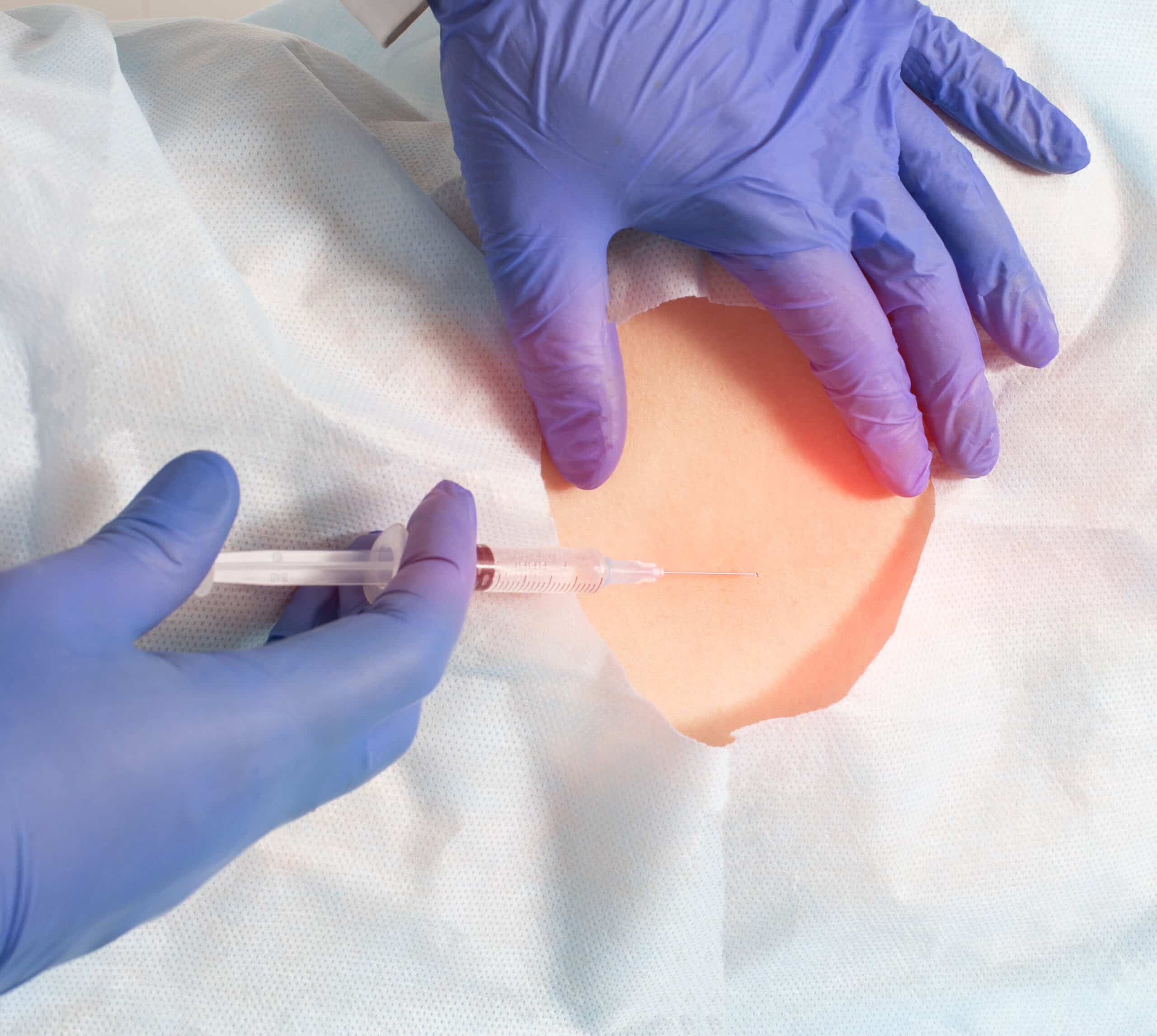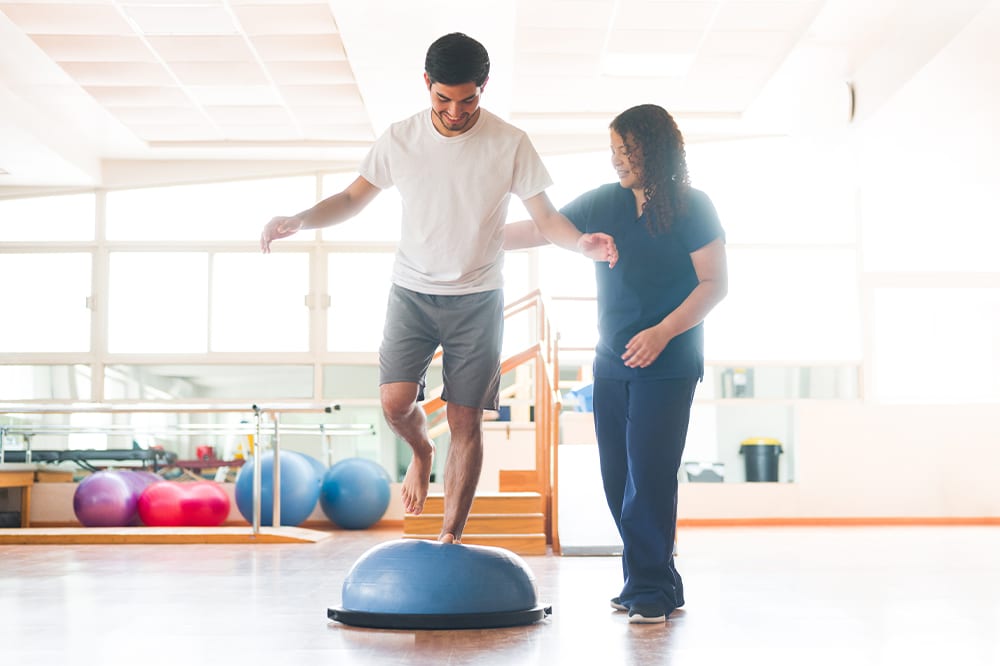Regenerative Medicine Recovery
Regenerative Medicine procedures are outpatient procedures that utilize your body’s natural healing process to rebuild damaged tissue, heal injuries more effectively and eliminate pain. It targets the underlying source of pain without relying on medication and surgery. This leads to increased function and mobility – and a recovery period that is much shorter than surgical options.
Recovery after
Regenerative Medicine
While regenerative medicine procedures have varying recovery timelines, across the board the recovery from these treatments is far less than recovery from surgery.
PRP is the least invasive procedure since it is a simple blood draw, so it has the least amount of recovery time. For PRP injections, your post-procedure pain will resolve in about three to seven days – we recommend you take it easy for a couple of weeks, and then gradually get back into your normal routine.
Stem cell or microfragmented adipose procedures have a slightly longer recovery time since we have to harvest these cells either from your hip bone or fat cells. On average, the harvest and injection site will remain sore for about 7-10 days. We recommend light activity for the first few weeks, followed by physical therapy and your normal daily activities.

Living Life Again
At VSI, we celebrate every patient’s unique journey as a series of victories, regardless of how big or small. Our logo and brand were crafted for you, our incredible patients. Your progress towards your goals deserves the spotlight, reflecting our commitment to individualized treatment and care. Your Victories are what make VSI who we are! #MyVictoryStory
Once you’ve received a regenerative medicine procedure, it will still take time before you notice the benefits of pain relief. While everyone’s body is different, most patients can expect to feel pain relief as little as six weeks after their regenerative medicine treatment.
Pain-Free After
Regenerative Medicine
Post Procedural Rehab
At VSI, we can’t stress enough how important post procedural physical therapy is for promoting healing and setting you up for a successful recovery. We’ve worked with our physical therapy team at VSI Physical Therapy for years to create the best recovery plan for patients who have been treated with regenerative medicine.
Almost immediately after a procedure (once any incisions or entry points have healed) you can start aquatic therapy, which will allow your body to experience a nearly weightless environment that offers the ability to improve strength, flexibility, and function to progress recovery. Gradually, you will progress into an exercise routine within your physical therapy plan of care.

Frequently Asked Questions
Regenerative Medicine Recovery









